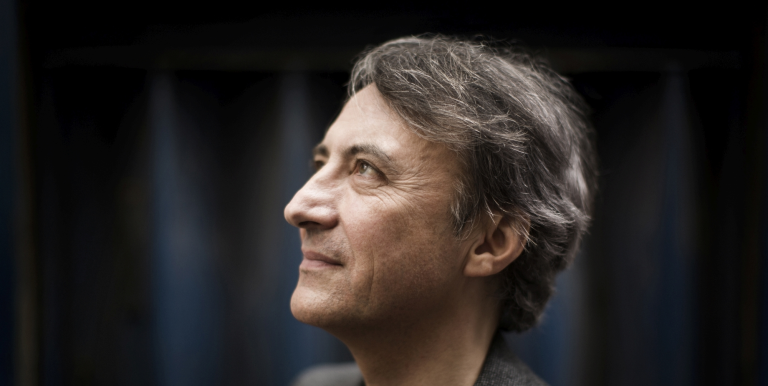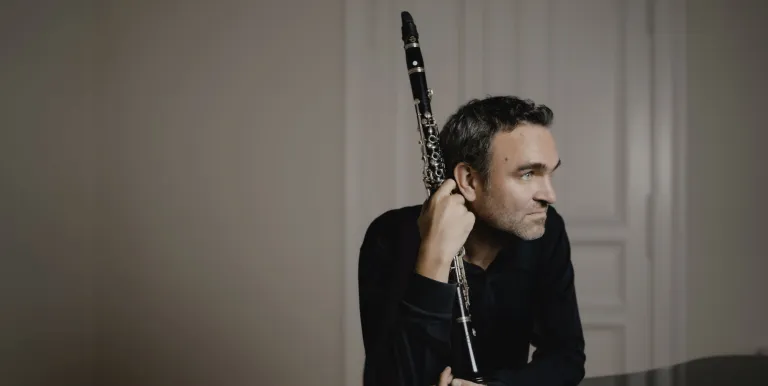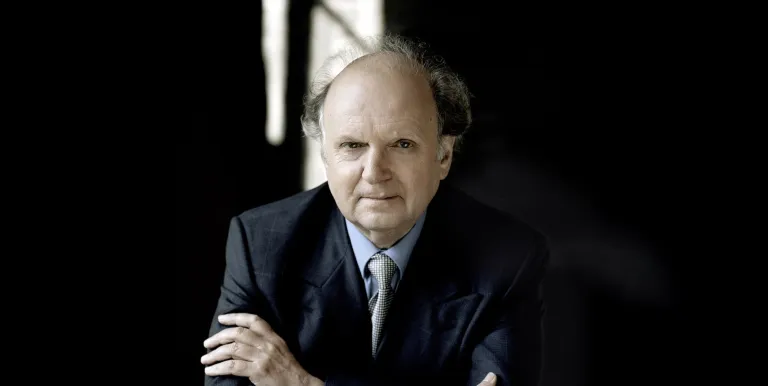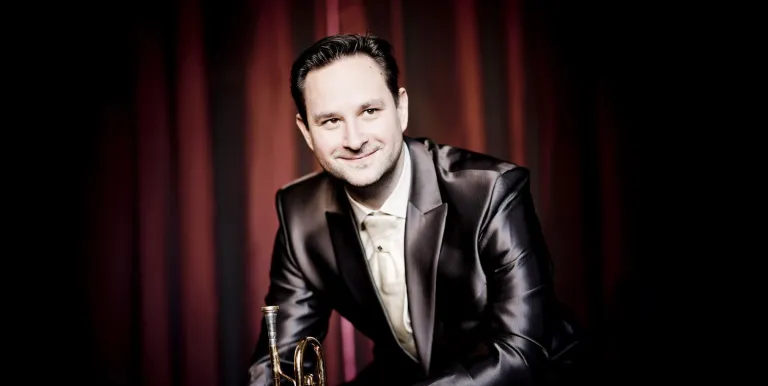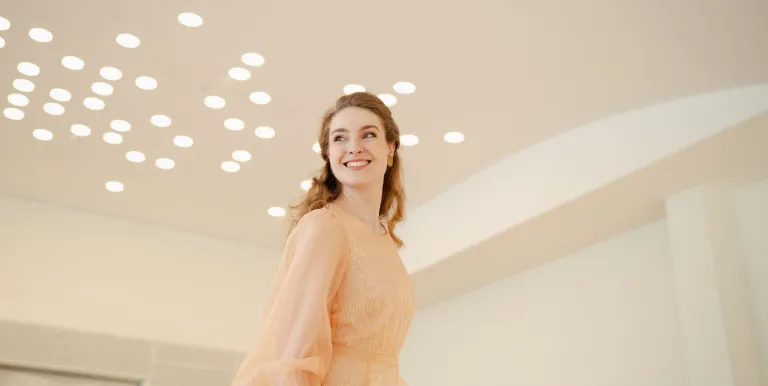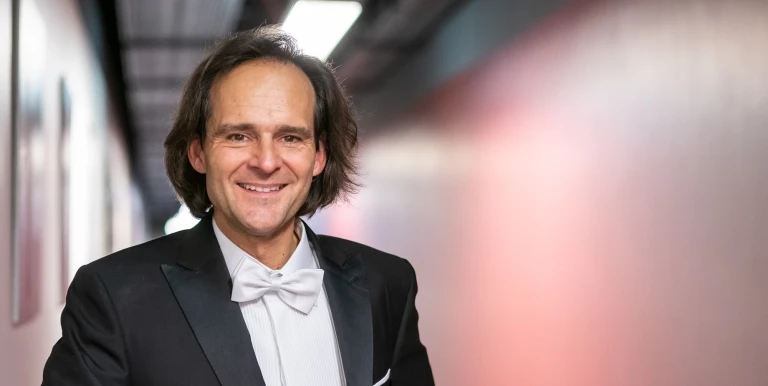one interval
Conductor:
Featuring:
Ravel
Ma mère l'Oye (Mother Goose) - orchestral suite
Ravel
Piano Concerto for the Left Hand in D major
Saint-Saëns
Symphony No. 3 in C minor ("Organ Symphony”), Op. 78
The French conductor Louis Langrée is returning to lead the Budapest Festival Orchestra with a French programme: the music director of both the New York Mostly Mozart Festival and the Cincinnati Symphony Orchestra is set to conduct an orchestral suite developed from a piano piece and a symphony that includes an organ part, as well as, between the two, one of the most significant 20th-century piano concertos. The soloist for the latter will be the conductor's countryman Jean-Efflam Bavouzet, of whom The Financial Times wrote, "He makes you listen to music as if you are discovering it Eureka!-style: yes, that's what the composer must have meant!”
The circle of artists known as the Apaches frequently met at the home of Ida and Cipa Godebski. Ravel enjoyed a special rapport with children, and, being an eccentric, tended to flee the company of the adults and instead visit the room of the Godebskis' young son and daughter, Jean and Mimie. There he told stories to the siblings. These stories soon inspired the composer to write a series of piano duets, which he later turning into ballet music and an orchestral suite entitled Mother Goose. Although the Austrian pianist Paul Wittgenstein lost his right arm in World War I, he did not give up his vocation. He commissioned pieces for the left hand from the top composers of the time, including Ravel. Composed for the left hand but sounding like any piano piece for both hands, the Piano Concerto in D major consists of a single movement that can be segmented into several parts. Full of jazzy elements, it is nevertheless characterised by gloominess and tragic overtones. After the interval, the orchestra will perform Saint-Saëns's last symphony. "I gave everything I was able to give to it. What I have accomplished here, I will never achieve again,” wrote the composer after the 1886 London première of the work. Saint-Saëns used the thematic transformation technique familiar from the music of Liszt and Berlioz; that is, he applied his motto resembling the Dies irae motif in different forms throughout the two movements (four parts) of the composition. Saint-Saëns dedicated the symphony, supplemented with both a piano and an organ, to the memory of Liszt.
Presented by: Budapest Festival Orchestra
-
We wish to inform you that in the event that Müpa Budapest's underground garage and outdoor car park are operating at full capacity, it is advisable to plan for increased waiting times when you arrive. In order to avoid this, we recommend that you depart for our events in time, so that you you can find the ideal parking spot quickly and smoothly and arrive for our performance in comfort. The Müpa Budapest underground garage gates will be operated by an automatic number plate recognition system. Parking is free of charge for visitors with tickets to any of our paid performances on that given day. The detailed parking policy of Müpa Budapest is available here.

